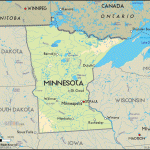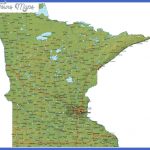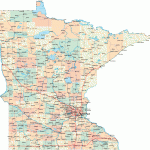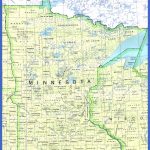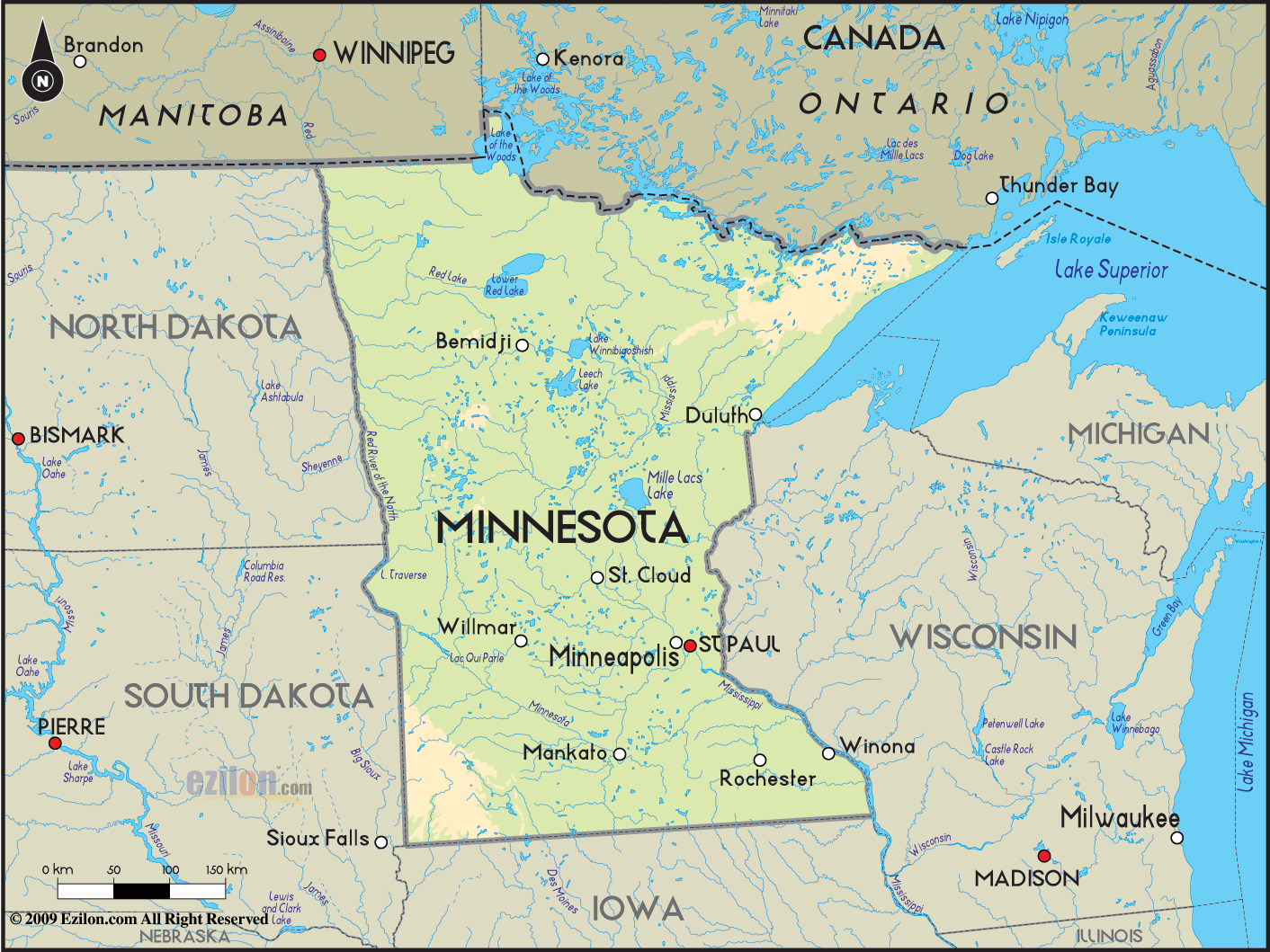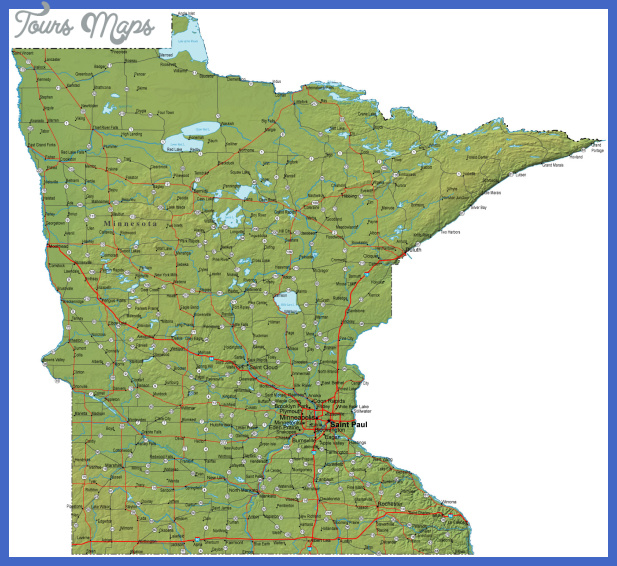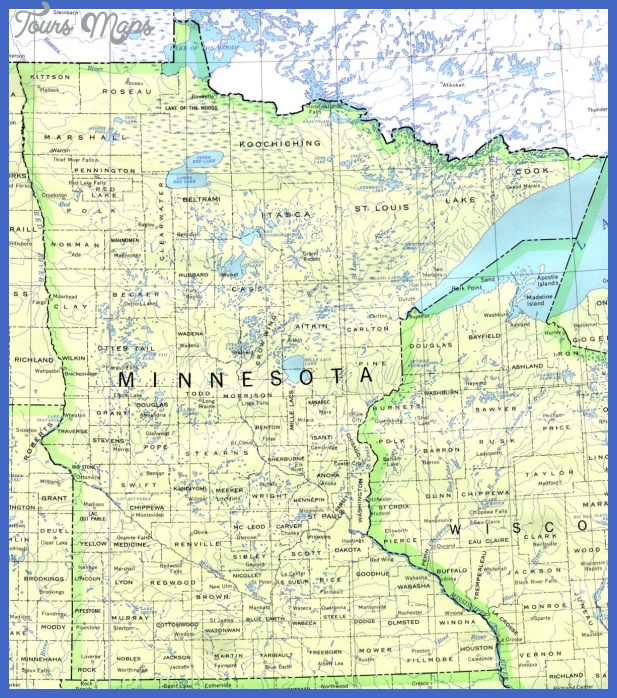Minnesota chronology
1860 Luis Garzon, an upper-class Mexican musician, is the first recorded Latino to settle in Minnesota. Although Garzon lived in Minneapolis, he was a leader in the Mexican community that developed on the west side of St. Paul.
1910 The first wave of Latinos, most of whom are Mexican, arrives in Minnesota. They settle on the west side of St. Paul and work in the sugar beet fields of greater Minnesota.
1920s In the late 1920s Mexicans are doing most of the work in Minnesota’s sugar beet fields. Mexicans also work for the railroads and in the meatpacking industry in south St. Paul.
1932 In response to the Great Depression, American Crystal Sugar Company, the largest employer of Latinos in Minnesota, stops guaranteeing wages or transportation for its field workers. On November 10, eighty-six Mexicans are repatriated to Mexico, many of whom are U.S. citizens who had never been to Mexico. Although many Mexicans volunteered to go to Mexico, some were forced to do so.
1934 Governor Elmer Benson attempts to deport 1,500 Mexicans. His effortsmet with opposition.
1940 The Neighborhood House and Our Lady of Guadalupe Church, both on the west side of St. Paul, help Mexicans in Minnesota register with the Immigration and Naturalization Service (INS) as part of the Alien Registration Program. All Mexicans who could prove they had been residing in the United States since July 1, 1924, were eligible to become citizens.
Approximately 8,000 Mexicans come to Minnesota through the Bracero program to work in the sugar beet fields, for the railroads, in the canneries, and in the slaughterhouses. During this time many Tejanos (Mexican Americans from Texas) also come to Minnesota.
A flood destroys many Mexican homes and businesses on the lower west side of St. Paul, an area commonly known as the Flats. Soon thereafter the lower west side is targeted for urban renewal, which uproots many more families. Most of those displaced move to the upper west side.
Ballet Folklorico Guadalupano is founded on the west side.
Mexican Americans on the west side organize to build the Torre de San Miguel, a cooperatively owned housing project for Mexican families. Minnesota sees a surge in its Latino population. The majority are migrant farmworkers.
A total of 142 private family units are opened in Torre de San Miguel housing project. The same year the Department of Chicano Studies is founded at the University of Minnesota.
La Clinica, Minnesota’s first bilingual health clinic, opens in St. Paul. That same year Governor Wendell Andersen establishes the Minnesota Office of Migrant Affairs.
Centro Cultural Chicano, the first bilingual social service agency, opens in Minneapolis. That same year Conrad Vega becomes the first Latino elected to the Minnesota legislature. He went on to serve as a Democratic Farm Labor (DFL) senator for Dakota County for 10 years.
La Prensa, Minnesota’s first Spanish-language newspaper is founded.
1999 Mercado Central, a cooperatively owned marketplace and community center for Latino entrepreneurs, opens in South Minneapolis.
2000 Local Latino businesspeople found the Hispanic Chamber of Commerce of Minnesota with 200 members.
2003 A segment of Concord Street on the west side of St. Paul is renamed Cesar Chavez Street.
2004 Mexican president Vicente Fox visits Minnesota.
2005 The 46th Mexican consulate in the United States opens in St. Paul.
2006 Approximately 40,000 Minnesotans, the majority Latinos, march in protest to proposed immigration reform, which imposes punitive measures on undocumented migrants. Later that year, on December 12, the U.S. Department of Homeland Security’s Immigration and Customs Enforcement (ICE) raids the Swift and Company meat processing plant in Worthington, Minnesota. Some 230 migrants are arrested, the majority from Mexico. Other Latinos arrested are from Honduras, El Salvador, Guatemala, and Peru.
Minnesota Photo Gallery
Maybe You Like Them Too
- The Best Cities To Visit in The World
- World’s 10 Best Places To Visit
- Coolest Countries in the World to Visit
- Travel to Santorini, Greece
- Map of Barbados – Holiday in Barbados

